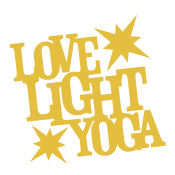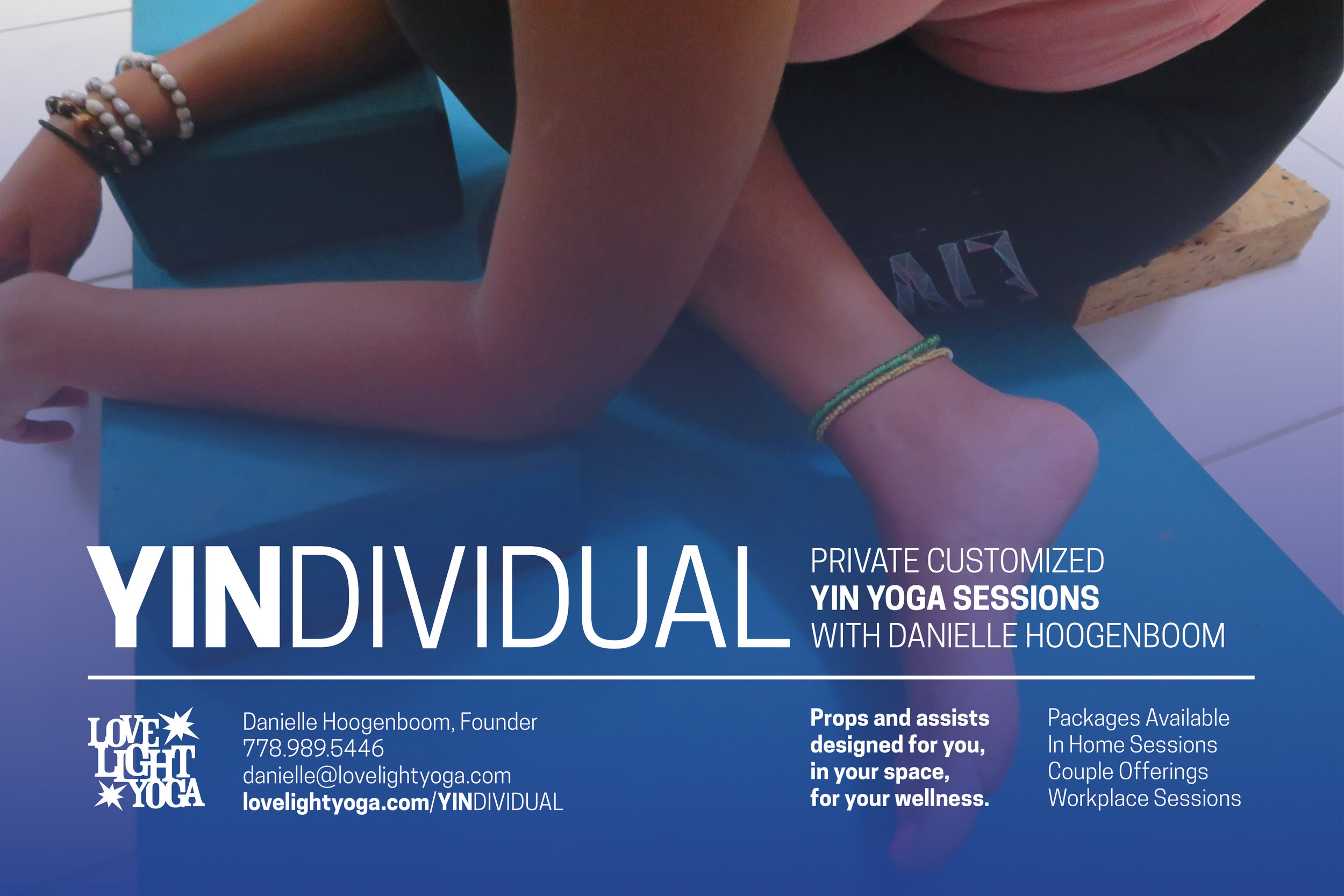Guest Post: Self Care and Community Care by Hannah
/On the last day of the training, we each took time to ask ourselves a question and then respond to it in a five-minute, uninterrupted conversation within a small group. I asked myself how I could become more confident explaining my passion for, and the relationship between yin and social justice to people who may not be totally open to the idea. After speaking for five minutes on the topic, again, a yin tactic of really spending time and energy delving into the thought/position/pose/question/etc, I came out of the ramble with slightly more clarity, concluding that what really needs to be done is to sit with myself for longer periods, and more regularly. This way I can feel the work that is being done within myself, and speak truth from my own experience rather than speaking from a grasping mind trying to understand and dissect ideas.
These first few weeks of September have been the first days of my fourth year of social work. While discussing class guidelines one day, my classmate explained the popular acronym, W.A.I.T, which stands for “Why am I talking?” This hit home for me as the concept of W.A.I.T reminds us to check in with ourselves before acting. This is yin and justice. The ‘yin’ invites individuals to check in with themselves physically, emotionally, spiritually, and/or mentally, and ‘justice’ is then seen through action in the following steps.
Humility is a word that stands out for me after taking this training. Finding the humility within one’s self to recognize that there is work that needs to be done, and to then actually spend time doing it. Everyone makes mistakes; it’s about accepting them and learning how to change these mistakes that will bring forth greater change inside and out.
This leads me to ally ship. I’d like to share my process of learning how to be an ally to people who may face greater discrimination and (systemic) oppression in life than I do myself. These are systemic injustices that I speak of. What I’ve learned thus far is that I am not an ally until someone who needs me to be an ally calls me their ally. I do not assume ally ship. Ally ship too comes from connecting and building relationships, like with any relationship, there needs to be a foundation of trust. Once trust is established, I believe that the most effective way to make change and take action toward social justice is to listen. “Listen, Listen, Listen” as Anne Bishop puts it. Here is a link to her steps to becoming an ally, and where I source my points from: http://www.daa.org.uk/uploads/pdf/How%20to%20be%20an%20Ally.pdf
It’s not an easy process, but it’s an important one, and it’s worth it. “Facial justice” as Danielle described, is a good metaphor for understanding systemic injustice. If you stretch your right side and not your left, you have not provided the whole system of your body with relief, only half. This is a very simple example of giving to those who might have an easier time navigating the system, and not to those who have more barriers. Another note on facial justice and yin yoga includes doing it now. Right now is all we have. If we can work out the small bits of tension in our bodies now, then the facial tension will not continue building on itself until the entire body is stiff and tight. A lot of our emotions directly affect our physical bodies, and vice versa. I felt this the other day in my practice; the state of my mind directly affects the state of my jaw. When my mind is busy and irritable, my jaw is stiff, that’s just the way it is! As Gabor Mate says in his video & book titled When the Body Says No, “We can’t separate the mind from the body and we can’t separate the individual from the environment, we can’t.” Here, Gabor Mate is discussing a more scientific explanation of how the body and the mind are linked, he uses an example of stress. When we are stressed mentally, we have a physiological response; our hearts race and we begin to sweat. Learning how to feel the reactions that our physical bodies can create space for our minds, emotions, and spirits can support the release of tensions we simultaneously release tensions physically.
And do I feel uncomfortable writing these blogs, sharing my work, doing the work, reflecting on my own social location, and relating it back to Chinese medicine and the art of yoga, YES! But that is the process; I am working on accepting the vulnerability and become more comfortable in my own discomfort.
With all the natural disasters that have occurred in the past month (hurricanes, earthquakes, fires, and floods, all around the world) I think the world needs to wake up and really recognize that our mother earth is demanding that we seriously face our discomforts… We can begin by taking small actions to reduce our carbon footprint and maybe that means going one more day without a shower, or saying “NO” to a plastic straw ;) and also to remember the classic “self care”, although this time lets bridge it into “community-care” and start really moving forward to create collaborations, trades, and spaces to share creative expressions, to have some equitable spaces for people to come together as “one” (read previous post).
To Hannah, yoga is a practice of deep inward connection and of surrendering with integrity and joy. With a dedicated practice over the past 5 years, Hannah has found yoga to be the tool she has needed to not only release and strengthen physical body tension, but to return to a calm and easeful state of mind in times of stress. Having completed her 250hr Hatha Yoga Teacher Training in February of 2016 at Langara College, she has been sharing her teachings ever since while also now completing her fourth year of Social Work at UBC. Hannah's grounded and warming energy holds space for deep restoration, connection, and playfulness.





